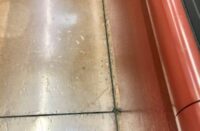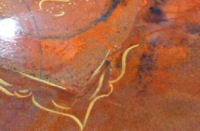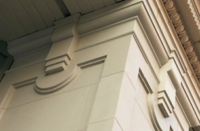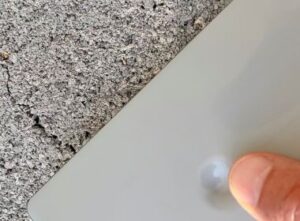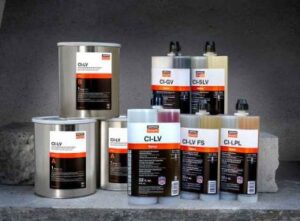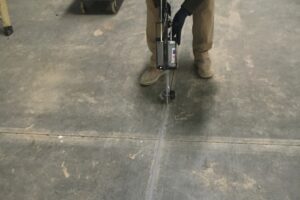When tackling any historical restoration like the Mazza Castle project, I recommend surveying the structure thoroughly prior to construction, like a doctor would examine an ailing patient before making a diagnosis. Just like every person responds differently to treatment, so does the structure undergoing restoration.
Every building has its own set of unique challenges that require custom-tailored restoration methods. The materials and methods used during the restoration depend on the structure itself. Using modern materials and methods to restore a historic structure is necessary to protect the structure from future damage, but having it restored with a one-method, cure-all process is not recommended.
When surveying a concrete structure for restoration, be sure to take into account the following:
Nearly every building has customized coloring. Take note of the variations in coloring, no matter how slight, that have resulted from paint changes throughout the years, natural weathering and trends from one decade to the next. A building’s past will affect its color today.
Look at texture variations. Not every concrete block was formed or chiseled the same way. You may be able to identify a series of patterns you can work from, but maintaining the authenticity of the exterior is vital to a successful restoration.
Joint size and configuration. Examine the pattern used for the masonry units, the level of mortar deterioration, signs of cracking or movement, and the type of joint used such as a struck joint, tooled joint, rope joint or other.
Custom mix mortar and patching materials. Consider the ingredients: namely the size of aggregate, color pigment, texture and cement ratio to establish the strength of the mix.
All of these points must be taken into consideration before work starts. The mock-up stage prior to construction is extremely important as it will establish the means and the methods used for the restoration project going forward. Because this is such a critical step, we have a policy at Western Specialty Contractors that no project begins without an approved mock-up. Knowing how you are going to proceed before you proceed is key.
